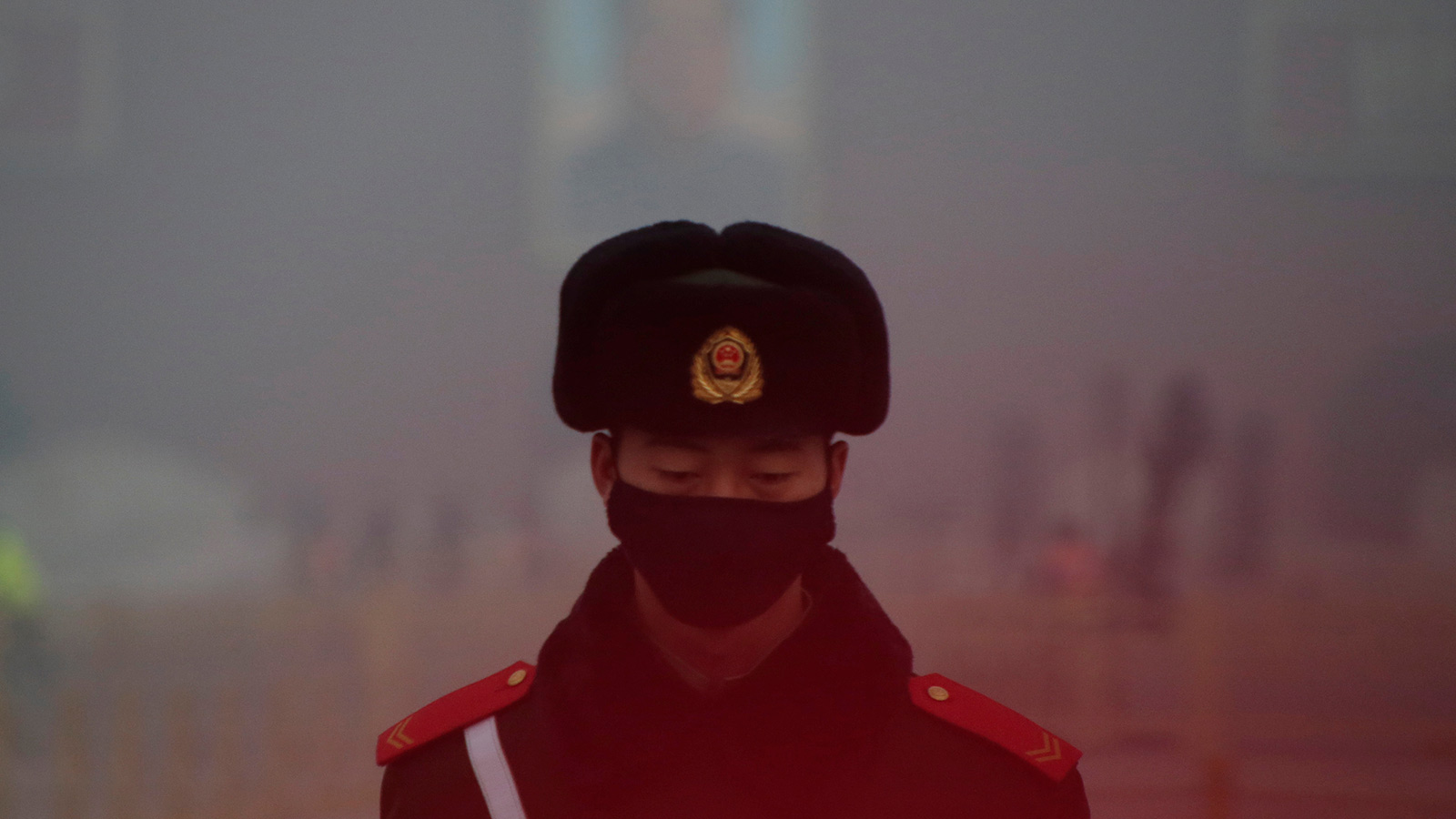This week, China announced it has launched a nationwide carbon-trading market, with the intent of slowing down its growing climate footprint and capping its emissions as soon as possible.
Most news coverage has labeled the move as a major development in the global fight against climate change. Former U.S. Vice President Al Gore, who has devoted his post-political career to fighting warming, hailed the announcement as “a tipping point in the climate crisis.”
However, some close observers in China and elsewhere suggest we pump the brakes on celebrating this week’s news. Several critical details of the Chinese plan are still outstanding, they say. Most importantly: We still don’t know what the “cap” on its cap-and-trade plan will be, how emissions permits will be distributed, or what they will set the target carbon price to.
The Guardian reports that the Chinese government has been toying with the idea of nationwide carbon trading for more than a decade, so the revelation doesn’t come out of nowhere. And as the world’s largest emitter of greenhouse gases, any effort to limit the country’s pollution is hugely important.
But Emil Dimantchev, a climate policy researcher at the Massachusetts Institute of Technology, wrote earlier this year that it’s premature to call China’s new policy ambitious without the details of the trading scheme being in place. In a series of tweets this week following the announcement, Dimantchev doubled-down on that assessment.
“The policy is still missing the crucial features that will determine whether it will be a success,” he tweeted.
Separate reporting by Beijing-based carbon-market analyst Stian Reklev revealed that for its first two years the new Chinese system will only involve simulated trades. That, obviously, will have no impact on emissions in China or elsewhere.
“It’s clear the market is nowhere near ready to be launched, and they’re only doing this because [Chinese President] Xi Jinping promised the market would start in 2017,” Reklev tweeted this week.
The World Bank currently tracks 47 carbon-pricing initiatives worldwide that are either already in existence or set to open soon. The only one even remotely the size of China’s proposed market is the European Union’s Emissions Trading Scheme — a hugely complex system with mixed success, which covers about 4 percent of global emissions. Other carbon trading platforms in Washington, California, and in the northeastern U.S. police an additional 1 percent or so of global emissions — but none of them caps pollution across the entire economy of the states involved.
If China’s market eventually covers its whole economy, it would be responsible for about 30 percent of global emissions, more than double all currently existing carbon markets combined. So the higher China sets its carbon price, the more of an impact it will have on emissions elsewhere. A high price on Chinese carbon could motivate other pricing schemes around the world to raise their targets.
The world needs ambitious climate policy from China in order to meet the agreed-upon Paris goals of limiting global warming — especially with the United States’ government in the process of plopping itself on the sidelines.
This step from China is without question in the right direction. But the fact that the scheme is still apparently in the design phase should be a sign that the Asian behemoth may not yet be the planetary savior many are hoping for.



